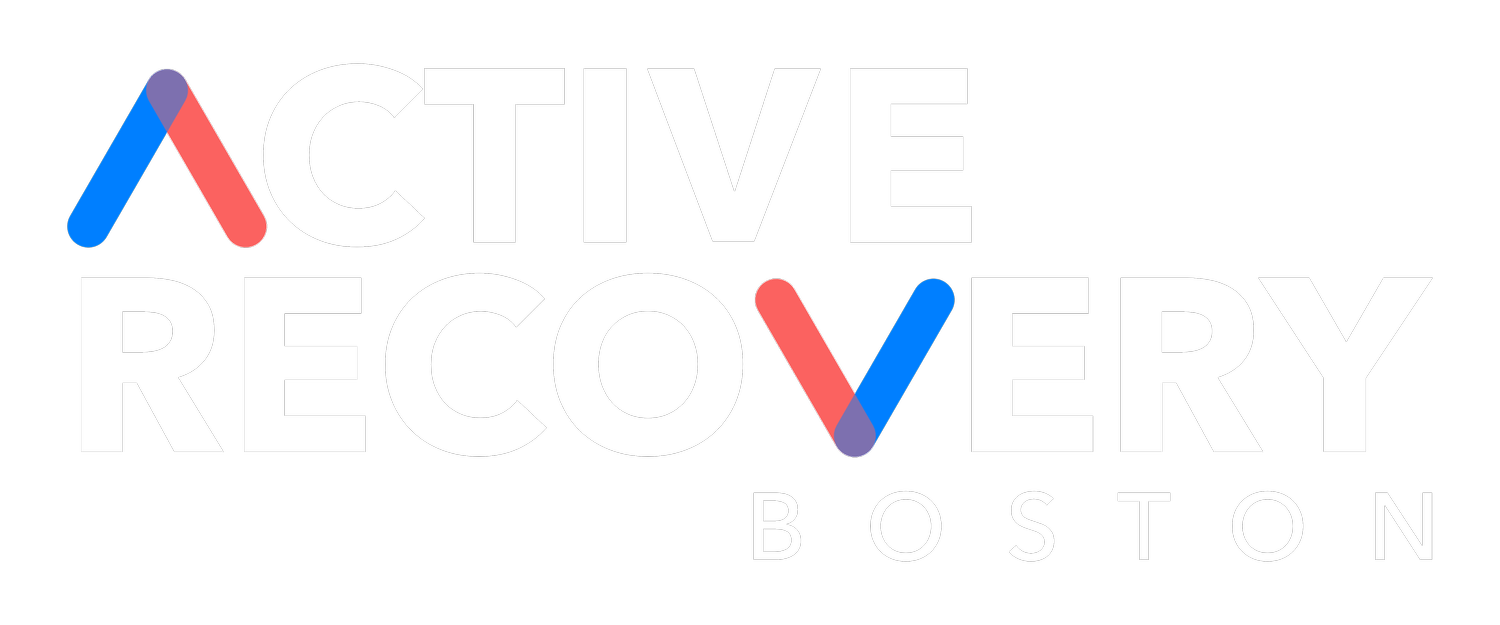At Active Recovery Boston, we understand the concerns parents have when it comes to their children participating in sports. One such concern is growth plate injuries, which can be particularly prevalent in youth baseball and softball. In this blog post, we will discuss what growth plate injuries are, their causes, symptoms, and how best to manage them with the help of our expert, Dr. Kelly.
What is a Growth Plate Injury?
Growth plates are areas of cartilage located near the ends of long bones in children and adolescents. These plates are responsible for bone growth until they close and harden into solid bone when a child reaches skeletal maturity. As growth plates are weaker than the surrounding bone and ligaments, they are more susceptible to injury.
In youth sports like baseball and softball, growth plate injuries can occur due to overuse or acute trauma during play. These injuries can cause pain, swelling, and restricted movement in the affected area.
Common Causes of Growth Plate Injuries in Youth Sports
There are several factors that contribute to growth plate injuries in young athletes:
Overuse: Repetitive stress on the growth plate, such as throwing a baseball or softball, can cause inflammation and damage to the growth plate. This is especially common in pitchers, who may experience overuse injuries in their throwing arm.
Acute Trauma: A sudden impact or force applied to the growth plate during play can result in injury. Sliding into bases, collisions between players, or being hit by a ball are examples of situations that can cause acute trauma.
Training Errors: Insufficient warm-up, poor technique, or inadequate conditioning can increase the risk of injury in young athletes.
Growth Spurts: Rapid growth during adolescence can temporarily weaken bones and make them more susceptible to injury. Additionally sometimes the tendons and ligaments don’t grow exactly as fast as the bones and sometimes there is a discrepancy between the growth of each of those–creating an undue pull or tug thus affecting the growth plate.
Symptoms and Diagnosis of Growth Plate Injuries
Identifying a growth plate injury early is crucial for proper management and recovery. Symptoms of these injuries may include:
Pain and tenderness at the site of injury
Swelling and redness
Limited range of motion or gait changes
Inability to bear weight on the affected limb (in severe cases)
If you suspect your child has suffered a growth plate injury, it's essential to consult with a medical professional like Dr. Kelly and her team of sports chiropractic physicians for an accurate diagnosis. At Active Recovery Boston, Dr. Kelly will perform a thorough evaluation and may recommend imaging tests like X-rays or MRI scans to confirm the diagnosis.
Managing Growth Plate Injuries: The Road to Recovery with the team at Active Recovery Boston.
The best course of action for managing growth plate injuries depends on the severity and location of the injury. With Dr. Kelly's expertise, some common treatment options include:
Rest, Ice/Heat, Compression, Elevation: This is the initial treatment for most growth plate injuries recommended by Dr. Kelly to help reduce pain, swelling, and inflammation. Sometimes heat is the preferred alternative vs ice. But it can be used together with heat. Heat is needed for healing, ice is often needed for pain management.
Immobilization: In some cases, Dr. Kelly may suggest using a cast or splint to stabilize the affected area and allow the growth plate to heal properly.
Chiropractic & Physical Therapy: Once the growth plate has begun to heal, Dr. Kelly can work in conjunction with a physical therapist to ensure alignment and strength around the surrounding growth plate injury. Muscle spasms can sometimes occur around the injury, in which case our soft tissue techniques such as A.R.T, PEMF or Dry Needling is needed to encourage healing to the area around the growth plate.
Surgery/Casting: In severe cases or when a growth plate injury has led to a bone misalignment, Dr. Kelly may recommend an orthopedic evaluation to evaluate whether surgery or casting is needed to correct the issue.
Preventing Growth Plate Injuries in Youth Sports with a focus on softball and baseball:
While it's impossible to eliminate all risk of injury in youth sports, there are steps you can take to reduce the likelihood of growth plate injuries under Dr. Kelly's guidance:
Ensure proper warm-up and cool-down routines as advised by the team at ARB.
Emphasize proper technique and form during practice and play, following Dr. Kelly's recommendations
Encourage regular strength training and conditioning exercises as suggested by Dr. Kelly and her team. Often times this is done with eccentric exercises and utilizing exercise bands for time under tension
Monitor workload and enforce pitch count limits for pitchers in baseball and softball, based on Dr. Kelly's guidelines
Schedule regular rest periods throughout the season to prevent overuse injuries, as recommended by Dr. Kelly
At Active Recovery Boston, we are committed to helping young athletes navigate their sporting journey safely and effectively with Dr. Kelly and her team’s expertise. If you have concerns about your child's risk for growth plate injuries or need advice on managing an existing injury, please do not hesitate to contact us at 617-423-3370 or visit our website, to schedule a consultation with Dr. Kelly.

